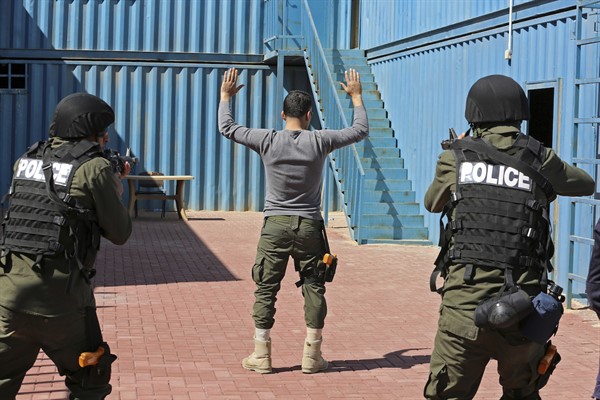In May of this year, thousands of Colombian citizens took part in weeks of widespread protests against a newly proposed tax reform plan and, more generally, the country's growing economic inequality. The demonstrators included teachers, doctors, students and labor union members, as well as many who were new to protesting. But instead of allowing them to peacefully express their opinions, the Colombian National Police cracked down, killing at least 24 people in clashes that resembled their fights against criminal organizations and insurgents.
Of course, Colombia’s police are not unique in their heavy-handed approach to law enforcement. In 2019, police violence became a central concern of protesters in Hong Kong’s pro-democracy movement, following violent crackdowns by the once-esteemed Hong Kong police. In 2020, the killings of George Floyd and Breonna Taylor, among many others, at the hands of police in the United States brought massive attention to the issue not just in that country, but around the world. Later that year, in October 2020, Nigerian protesters mobilized against abuse by the Special Anti-Robbery Squad—or SARS, a notoriously violent and corrupt police unit—only to be violently suppressed by the police and military.
While there are no one-size-fits-all explanations for police brutality in all these different contexts, there are links between the incidence of police violence and the gradual militarization of police units around the world. And there are links between militarization and the export of international police assistance, particularly from the United States. The Colombian National Police, for instance, has received over $6 billion in police assistance from the U.S. since the 1970s, in addition to funds and training from Israel and the United Kingdom. Much of this funding has been directed toward improving the operational capacity of the police, including the transfer of U.S. surveillance technology and military-grade equipment. After the violent crackdown in Colombia this year, members of the U.S. Congress moved to place restrictions on this aid, but those efforts did not actually reduce the support sent to the country.

